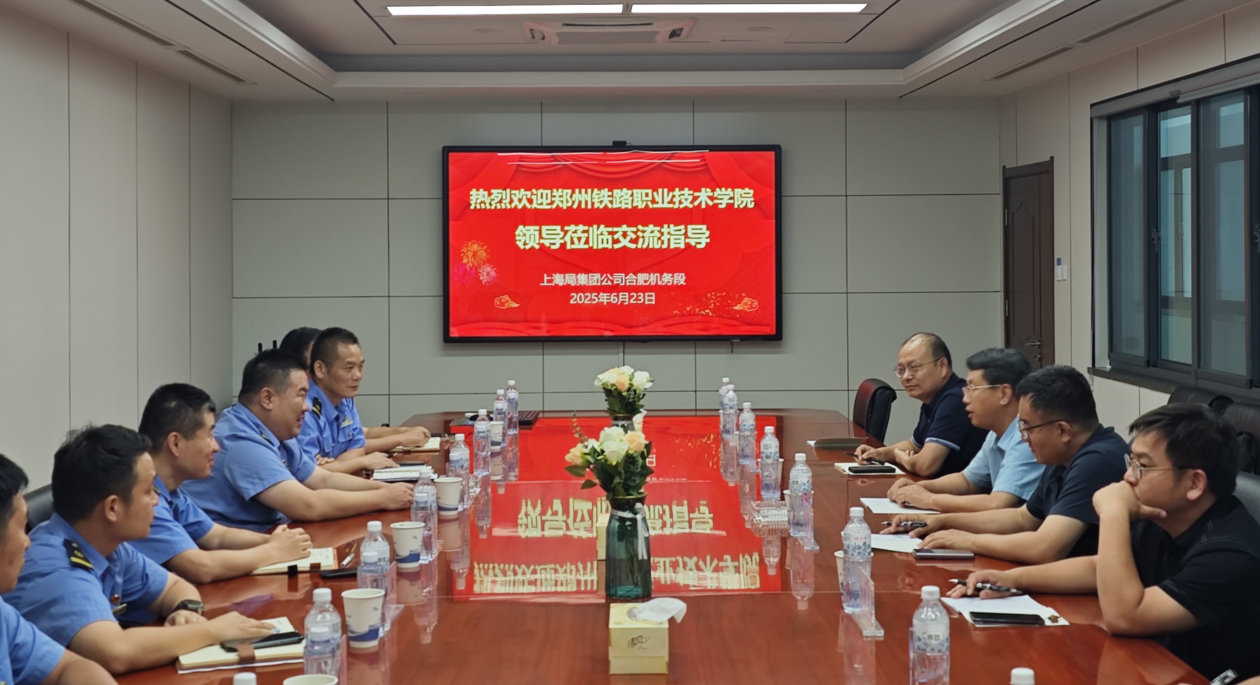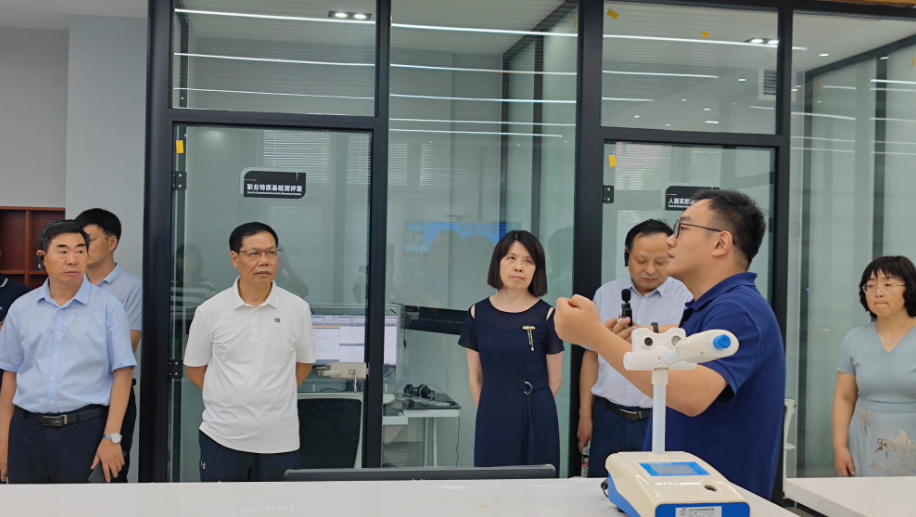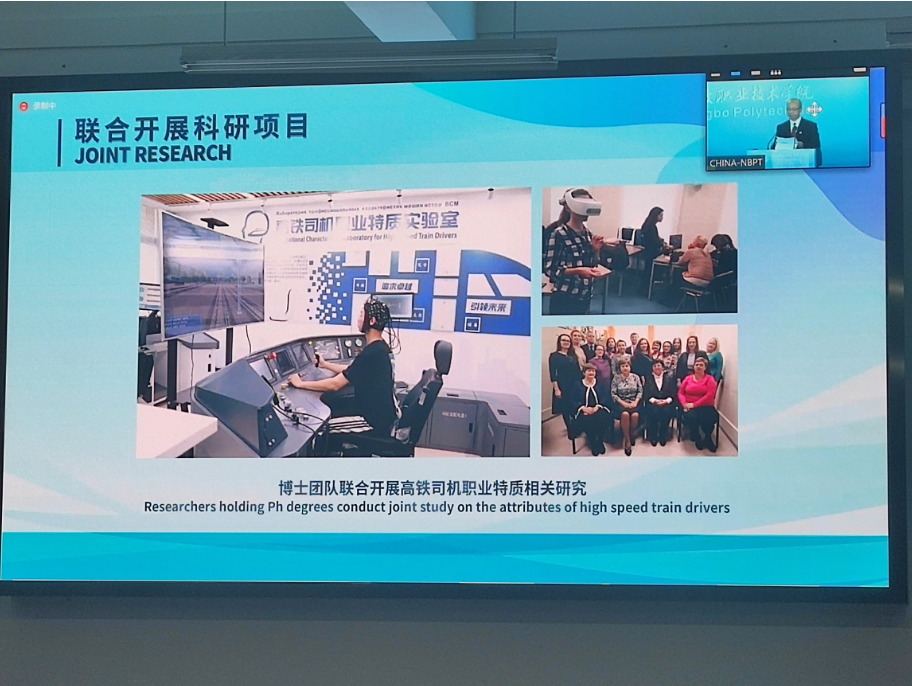
Abstract SiCp/Al composites are used in aerospace and deep-space exploration equipment because of their extremely high strength and thrust-to-weight ratios; however, the differences in the properties of the reinforcement and matrix materials in this type of composites have restricted their applications. The ultrahigh-frequency vibration characteristics of ultrasonic vibration processing technology can effectively solve the above bottlenecks, but the effect of high-frequency vibration on the interfacial properties of SiCp/Al composites is still unclear. The effects of ultrasonic vibration on the interface strength of composites were analyzed from a microscale perspective by means of single particle push-out Molecular Dynamics (MD) simulations and tests under different conditions. The results show that the interface strength is negatively correlated with particle size but positively correlated with ultrasonic amplitude, with a maximum increase of about 51% relative to no ultrasound. Brittle-plastic transition was observed on the surface of particles with high interface strength, and lateral microcracks due to stress concentration were present on the surface of particles with low interface strength. Higher strains and grain refinement were obtained for larger amplitudes, and stacking faults and tangle dislocations appeared on the side of the interface layer close to the Al matrix. The results provide potential insights to improve the micromechanical and mechanical properties of SiCp/Al composites, enhance the longevity of the materials, and realize the sustainable use of resources by expanding the efficient, precise, and clean machining of such materials.
Zhaojie, Y. U. A. N., Xiang, D., Peicheng, P. E. N. G., Chaosheng, S. O. N. G., Jinglong, S. A. N. G., Zhang, Y., ... & Bo, Z. H. A. O. (2024). Microscopic impacts of ultrasonic vibration on interfacial strength of SiCp/Al composites. Chinese Journal of Aeronautics, 37(12), 574-587.



